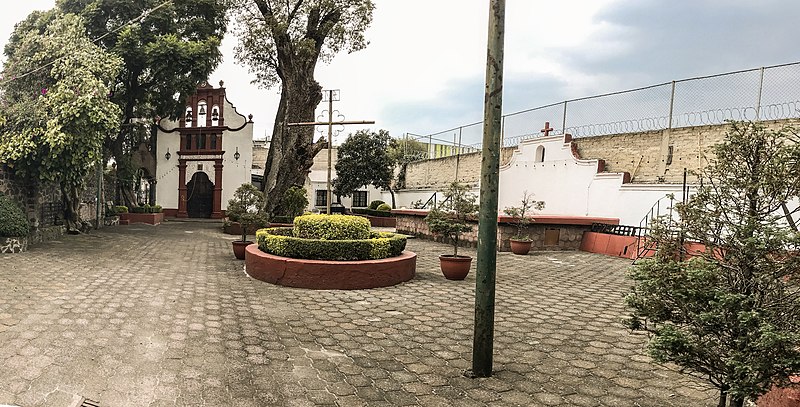
_
The Chapel of San Salvador Nextengo, and the former atrium, now the Plaza Nextengo are almost all that’s left of the old pueblo originario of Nextenco. One of 25 original settlements, old Azcapotzalco actually counted with some 27 calpulli. These were the territories under the Tepaneca leadership of the Azcapotzalco government. They were later evangelized by the Dominicans beginning in the 16th century.
The name comes from the Nahuatl root words “nextli” meaning ashen or gray. This is combined with “tentli,” meaning edge, or shore. “Co” nearly always means place, and so we arrive at the “place on the shore of ash.” Grim though that sounds, it was likely an area used for agricultural burning.
The earliest Christians in the area re-dedicated the very old calpulli of Nextenco, to San Salvador. According to legend, a simple chapel was erected here in stone and adobe. (Around this time the -co was changed to -go.)
By the 17th century though, San Savador Nextengo boasted an all new chapel. This was fitting as Azcapotzalco was the recipient of three sculptures made in Seville and representing Jesús Nazareno. These were sent by the King of Spain. The old hermitage was then re-dedicated to the veneration of one of these statues. Modifications later finished the façade in carved stone, brick, and trim giving it much of the appearance it still has today.
One statue, in particular, was of course a stunning success. In neighborhood tales, it is said that in their enthusiasm, residents carried the statue on a litter through the streets. This was so that residents could ask for intercession, so that rain would fall, and help to cultivate the fields still surrounding the area then.
The chapel was also visited by pilgrims arriving to ask for favor. El Señor de Nextengo is today displayed on the main altar. This was built in the 19th century of carved stone with strong Neoclassical elements.
Little known today, the chapel is also near to a famous spring. This was one of multiple springs in the area all of which flowed into the ancient Lake Texcoco, then not too far away. This one was also popular with pilgrims and the devout.
The neighborhood of Nextengo we see today benefited from the Porfirato-era boom in residential construction. It’s evident on many of the quiet streets here. But this quiet chapel with its long history only saw a brief period as a backdrop in several films in the 1950s. Since then, it’s slipped back into the quieter recesses of history.
 +52 (55) 5561 2726
+52 (55) 5561 2726
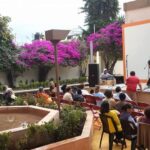
Nearest at 0.06 kms.
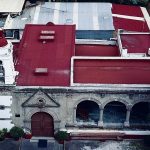
Nearest at 0.19 kms.

Nearest at 0.40 kms.
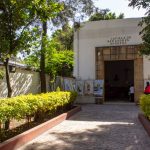
One of Azcapotzalco's nearly lost original settlements . . .
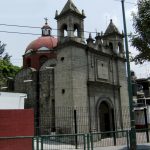
One of Azcapotzalco's ancient neighborhoods is remembered in a stone chapel.
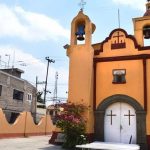
The chapel dedicated to San Andrés Apóstol dates from the 17th century.
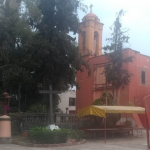
The ancient neighborhood was sacred to the Tepanec people, the chief rivals to the Mexica of Tenochtitlan.
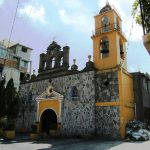
A crooked town center to one of Azcapotzalco's oldest settlements...